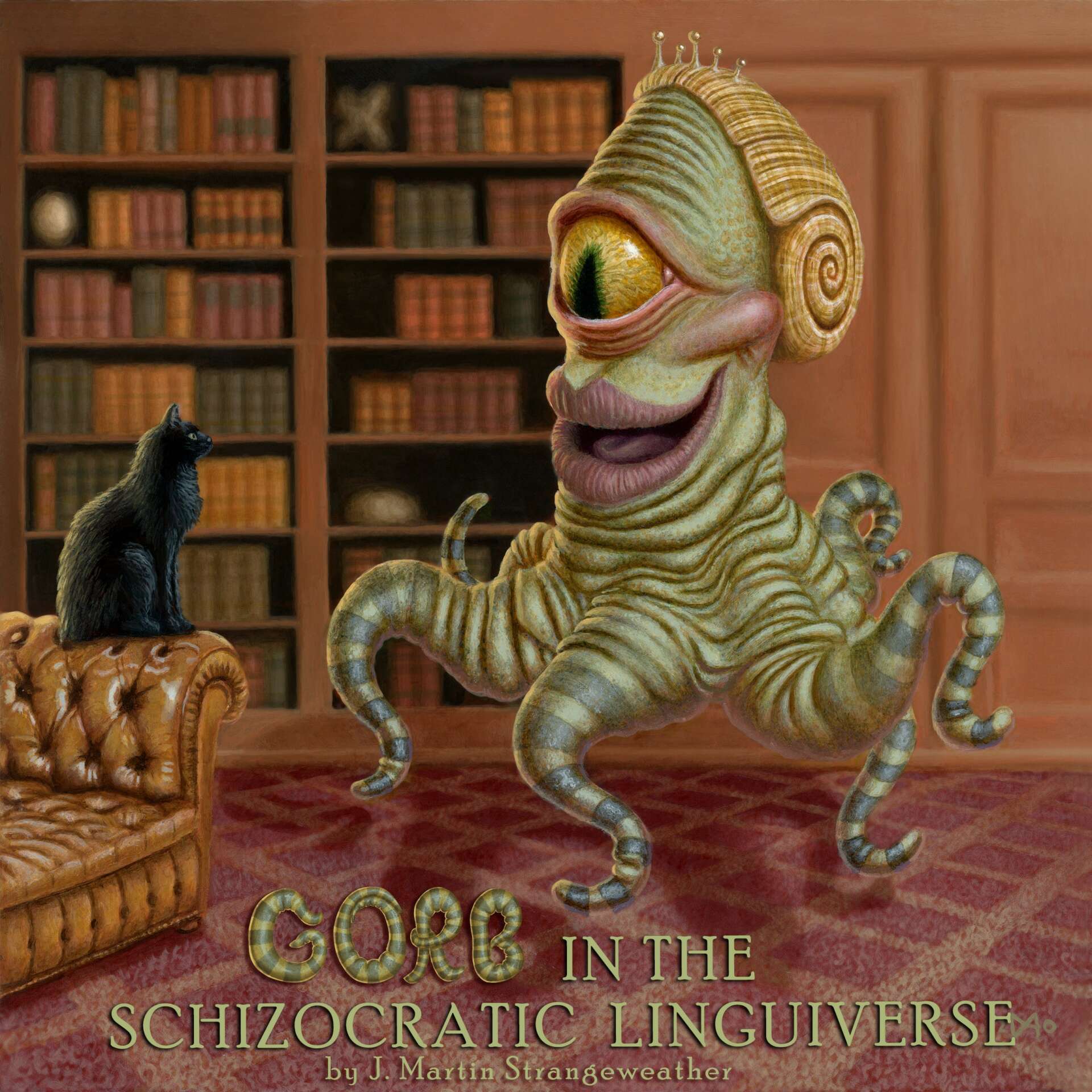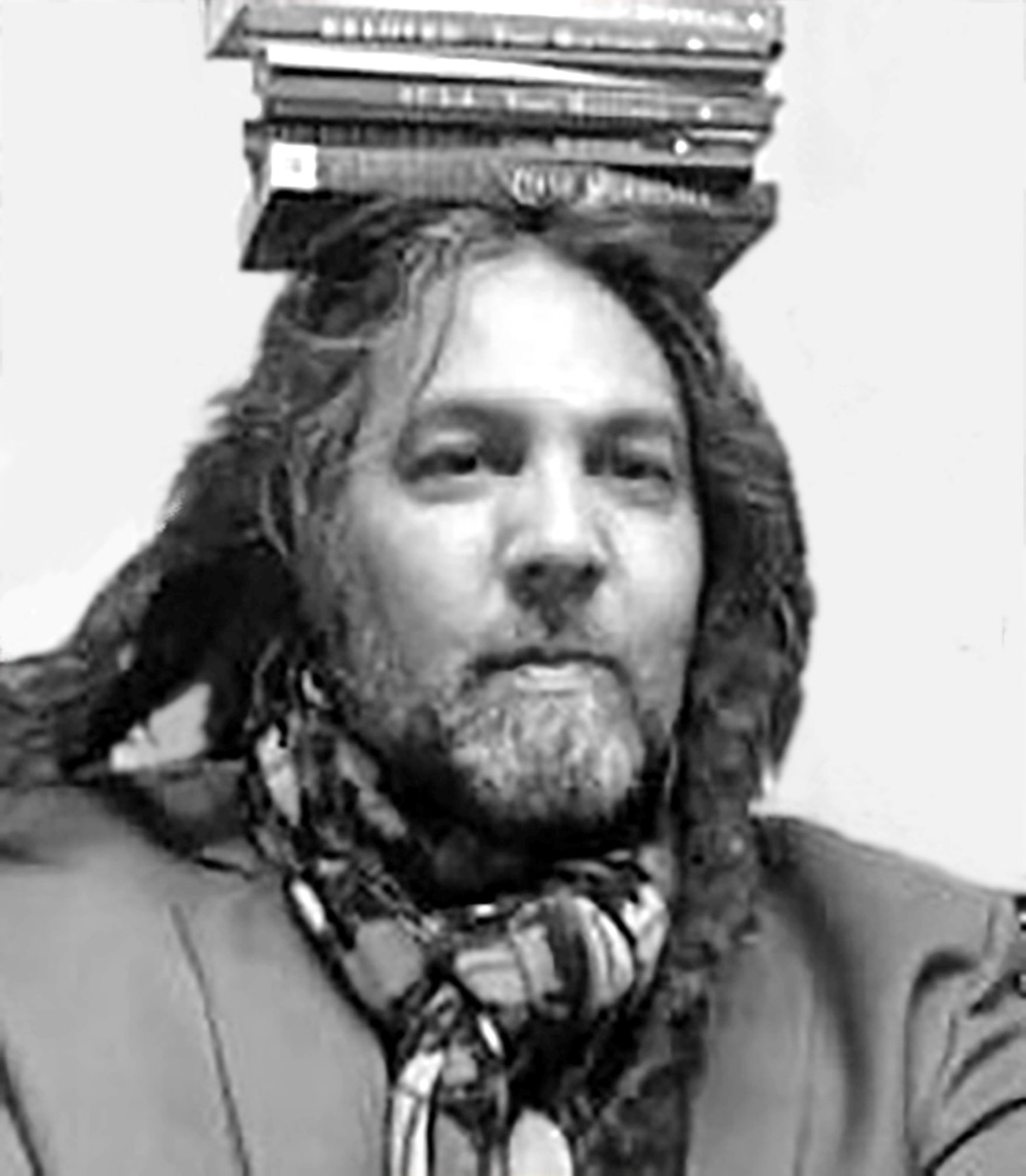We’re excited to introduce you to the always interesting and insightful J. Martin Strangeweather. We hope you’ll enjoy our conversation with J. Martin below.
Alright, J. Martin thanks for taking the time to share your stories and insights with us today. What’s been the most meaningful project you’ve worked on?
In 2020, the initial year of the pandemic, I organized a yearlong citywide “poetry in quarantine” project in Santa Ana, California. The project was called “Santa Ana, a Year in Poetry.” The project featured the work of 52 local poets over the course of 52 weeks, showcasing their poems on various literary websites, local news outlets, and the Santa Ana Public Library, in addition to paying each poet a $25 honorarium. In 2022, I organized a countywide short story project involving a rigorous workshop experience that would result in the publishing of an anthology of stories featuring animal protagonists. The anthology is called “Zoo-Fi: an Anthology of Zoological Fiction.” Each participant was paid a $100 honorarium. Last year (2023) I worked with a small group of artists to create a visual compendium of every mythical and legendary female in history throughout the world, many of whom had never been depicted before–every heroine, witch, sorceress, goddess, demoness, ogress, giantess, and supernatural woman (ghost, fairy, yōkai, etcetera). The project is called “Witchery Worldwide” and you can find the entirety of it on Instagram @witcheryworldwide. It was a seemingly impossible task, but through the use of A.I.-generative technology, the project is now 99.99% complete (as such vast undertakings may never be considered fully complete).
But I’d have to say my most monumental project also happens to be my most recent project. It’s a small black book titled The Eidetic Afterlife Hypothesis (a reinterpretation of death and dying). The book explores another way of understanding the afterlife, a way that is sensible and measurable (to a certain degree) as well as impartial and universal, hidden in plain sight beneath the broad categories of theism, agnosticism, and atheism. The book also includes a section on the evolution of the concept of the soul, a musical number that explains the aging process in excruciating detail, and several poetic meditations/exercises meant to prepare oneself for the experience of eternity.


As always, we appreciate you sharing your insights and we’ve got a few more questions for you, but before we get to all of that can you take a minute to introduce yourself and give our readers some of your back background and context?
My whole adult life (and much of my youth) has been an obsessive pursuit of knowledge, particularly in the areas of history, theology, philosophy, psychology, and science. My mission is simply to try and leave this world better off than I found it. To bring magic and mystery and wonder back into our everyday experience. To make better tools with which to construct healthier realities. And in order to do this, I must not obsess over my headcount of followers and fans. New ideas have always been met with resistance. Authenticity is its own reward, and curse.


Is there mission driving your creative journey?
The goal of this book is to foster a greater sense of unity and understanding among humans. There are so many things dividing us, but most of these are mired in bad perspectives (bad thinking). If we look for divisions, we’ll find things to divide us, but if we look for connections, we’ll find them as well. Of course we can’t all share the same views on reality, but we can in fact share the same views regarding what it means to view something at all—to be a viewer:
1) Viewers only view a portion of the subject at hand, which should never be mistaken for the whole.
2) Viewers see their own history’s reflection superimposed over everything they view. When you see the red wheelbarrow, it reminds you of all the times you had to rake leaves during Autumn in Maine and put them in a red wheelbarrow, creating a fond sense of nostalgia. But when I see the red wheelbarrow, it reminds me of that time I had to write an essay in high school about a poem titled The Red Wheelbarrow, dredging up the frustration I experienced while trying to explain the poem.
3) Viewers are generally unaware of the extent to which their view is manufactured by their location in history and geography, not to mention their socioeconomic status.


Is there something you think non-creatives will struggle to understand about your journey as a creative?
I first wrote of the Eidetic Afterlife Hypothesis in a magazine called California Pop back in 2004. The article received quite a response, mostly positive, but there were a few who questioned my motives, and that’s fair. The Eidetic Afterlife Hypothesis began as a personal journey. I was just trying to figure things out for myself, wrestling with age-old questions like “What happens we die?” and “How should our understanding of death affect the way we live?” Who hasn’t given serious thought to the subject of death and the afterlife? Owing to my extensive studies in theology, philosophy, psychology, neuroscience, relativity theory, and even quantum mechanics, I surmised that our afterlife hides within each one of us, and through A) synaptic overload, B) oxygen deprivation, C) the shutdown of certain regions of the brain responsible for our sense of the passage of time, and D) the release of various neurochemicals during the final stage of the dying process, eternity is conjured in the few moments preceding death as opposed to afterward. This is a working hypothesis, not a religion. It’s more like a work of art, which many non-creative mindsets find difficult to understand. While the hypothesis attempts to sidestep the debate between atheism, agnosticism, and theism, its transformative effect on each of these standpoints cannot be overlooked.
Contact Info:
- Website: https://www.jmartinstrangeweather.com/
- Instagram: https://www.instagram.com/witcheryworldwide/
- Youtube: https://www.youtube.com/@booksaremedicine7229
- Other: Follow the link to grab a copy of The Eidetic Afterlife Hypothesis: https://bookshop.org/p/books/the-eidetic-afterlife-hypothesis-a-reinterpretation-of-death-and-dying-j-martin-strangeweather/20986807?aid=90568&ean=9798218341657&listref=works-by-j-martin-strangeweather&
Image Credits
The glowing butterfly is for the cover of “The Eidetic Afterlife Hypothesis”. Digital artwork by J. Martin Strangeweather. The one-eyed octopus monster painting is for the cover of “Gorb in the Schizocratic Linguiverse”. Oil on panel by Dustin Myers. The poetry book with the camouflaged vacuum cleaner on the cover was made by me, J. Martin Strangeweather. The cover for “Sophoetics: Philosophy Poems” was painted by me (oil on panel by J. Martin Strangeweather).


